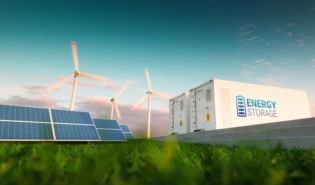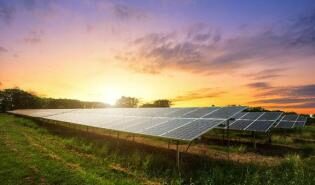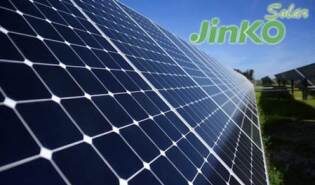May 01,2020
Australia’s main electricity grid achieved a remarkable trifecta in the last three months: The level of greenhouse gas emissions fell to a record low in the June quarter, even as the level of both coal production and wholesale market prices plunged at the same time. Australians are often taught that coal is essential to the country’s prosperity, and the only source of cheap energy, and that cutting emissions doesn’t really achieve much. And besides, wind and solar are unreliable and don’t work. It’s nonsense of course, on all four fronts. And gradually, despite policy inertia and downright interference from the federal government, the energy transition marches on, and the Quarterly Energy Dynamics Report issued by the Australian Energy Market Operator has emerged as a key reference point for the state and pace of the energy transition in Australia. There are several major – and many minor – takeaways from the latest report, issued on Wednesday. Top of the pile is the fall in emissions from the National Electricity Market (the grid encompassing NSW, Queensland, Victoria, Tasmania, the ACT and South Australia. According to AEMO, NEM emissions in the second quarter (the three months to June) declined to their lowest on...





